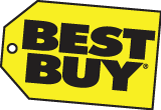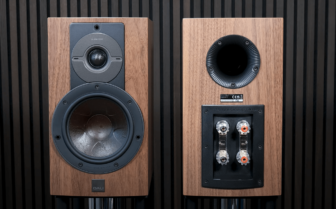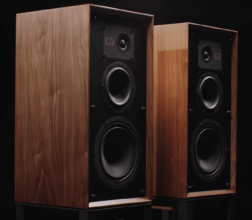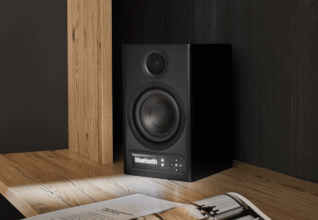KEF Q Concerto Meta Review
KEF promises high-tech in a compact format with an equally compact price with the brand-new Q Concerto Meta. Do expectations meet reality?

For more than 60 years, the British company KEF, now owned by the Chinese GP group, has been developing and building speakers. They have experienced nearly all the highs and lows of the industry but have consistently managed to win over both experts and customers with innovative and fairly priced products.
At the same time, KEF has set new standards with breathtaking models like the Muon or Blade, creating sonic sculptures. The new Q-Meta series, including the compact 3-way Concerto Meta model we are reviewing here, looks more reserved. Still, it aims to continue the tradition of delivering high-quality yet affordable speakers.
A lot of high-tech for a small price
One of KEF’s core technologies for many years has been the Uni-Q driver, now in its 12th generation. This design ensures that the high and mid-range sounds are emitted from one point towards the listener’s ear. Theoretically, this should offer better spatial imaging, but the downside is often colorations and a non-neutral mid/high range, as the sound waves break and reflect off the diaphragm surface.
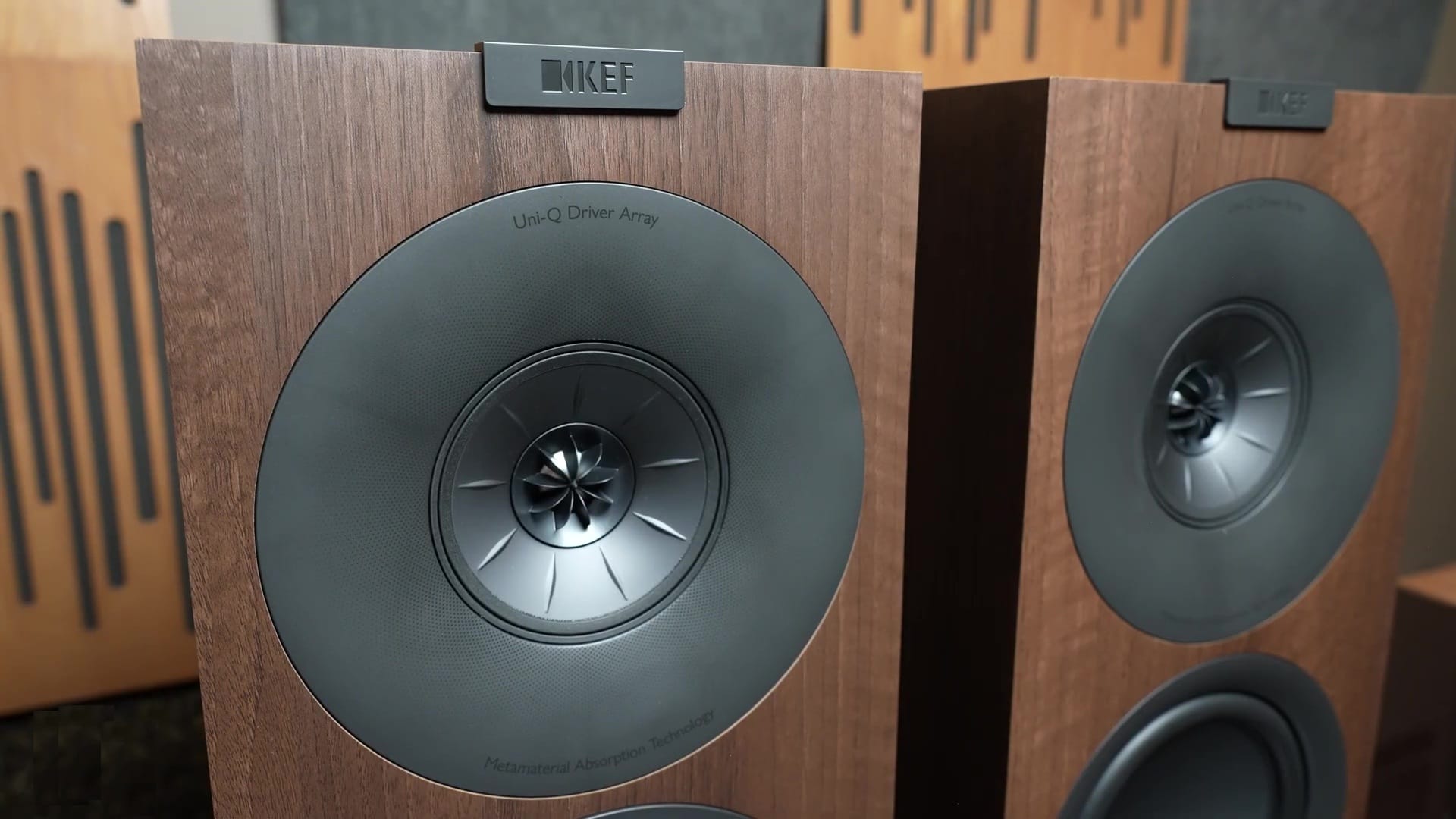
KEF’s solution to this problem includes a flexible decoupling of the small tweeter from the 18 cm mid-range diaphragm. Additionally, they use the “Meta” technology introduced a few years ago: a damping mat attached to the back of the chassis that is said to eliminate 99% of unwanted artifacts. The high-frequency dispersion has also been improved, and refinements have been made to the cabinet to minimize reflections.
The 20 cm bass driver, made of an aluminum hybrid material known for high rigidity and low weight, is a new development. It has been optimized for higher maximum sound pressure while extending the low-frequency range without increasing the need for amplifier power. KEF assures that they have also improved the integration with the Uni-Q driver. This has been achieved with an extended frequency range, a revised crossover, and a new tuning of the bass reflex port, which can be closed with foam plugs for placement near walls.
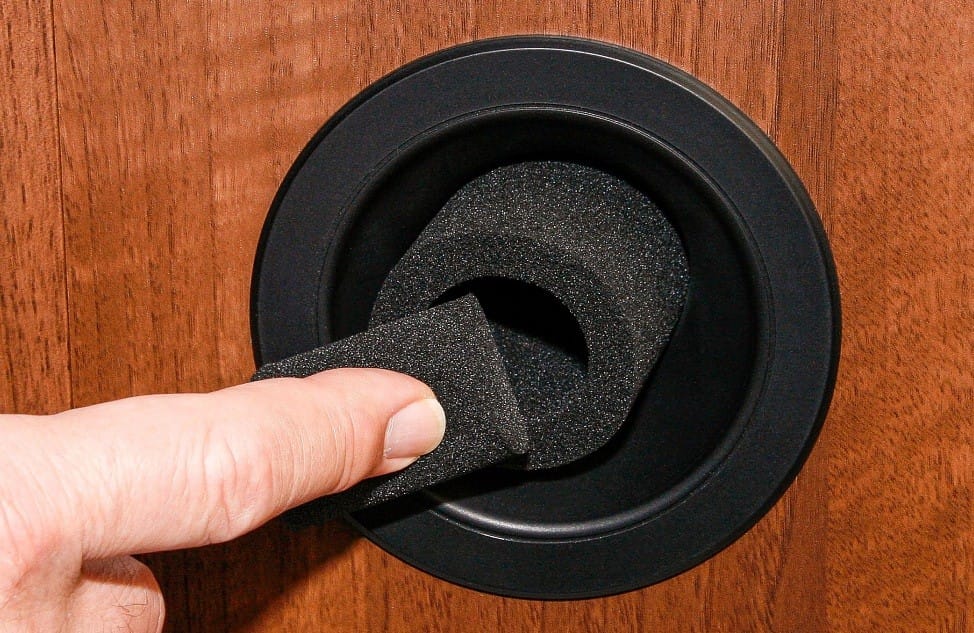
Several small adjustments help
The ninth generation of KEF’s smallest series shows the experience and progress KEF has made since the first Q series. These advancements are not only visible in the details mentioned above but also in the cabinet’s stability and build quality. Improvements include the now invisible screws on the front plate, magnetic grilles, better veneer quality, and sturdier terminals capable of accommodating any connection type.
KEF traditionally doesn’t provide much information about their crossovers, so we can’t shed much light on that. However, we assume there are no revolutionary changes in the components or circuitry. Still, the engineers claim to have improved the sound dispersion, making it wider and more uniform, which benefits listeners who aren’t sitting in the sweet spot in the middle.
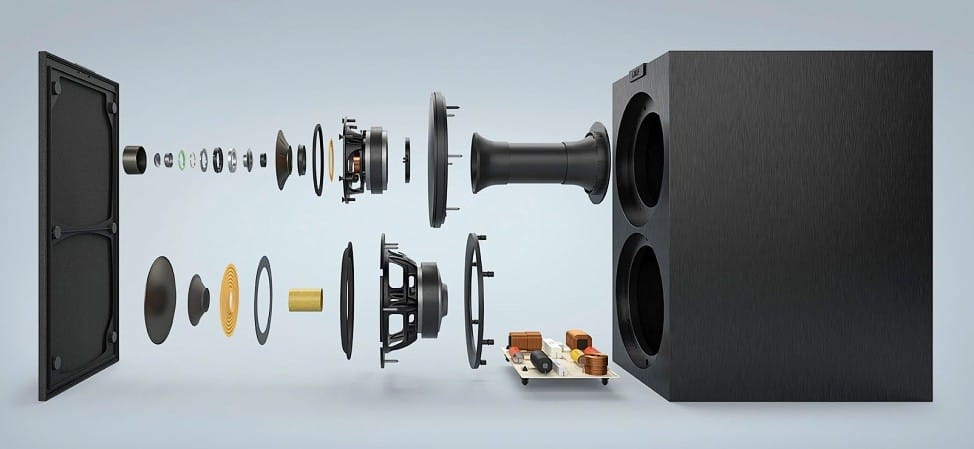
A closer look at the Uni-Q chassis reveals the complexity of this small 2-in-1 speaker. It is particularly impressive that the tweeter and mid-range driver are mechanically decoupled. Considering that this technology is similar to that used in the legendary Muon, it is remarkable, given that the price difference between these two models is almost $211,000 per pair.
| Test Devices | Details |
|---|---|
| Turntable | Music Hall Stealth |
| Amplifier | Marantz Model 60N, Exposure 2010 |
| Streamer / DAC | Bluesound Node, Eversolo DMP-A8 |
| Cables | Silent Wire, Audioquest, Cardas |
| Speakers | Canton Townus 30 |
Sound Performance
We placed the Concerto Meta in our small listening room on matching stands. For added stability, the speakers and stands (an extra $317 for the pair) can be screwed together or firmly connected using putty like “BluTack.” After an unremarkable test lab run, we decided to use them with the brand-new Bluesound streamers, the trusted Eversolo DMP-A8 as the source, and either the Marantz 60N or our Exposure 2010 workhorse. Speaker spacing and listening distance were about 2.5 meters, with a meter between the speakers and the back wall, and no toe-in.
After an extended break-in period over a long weekend, the KEFs impressed us. Whether male or female voices—Jonas Kaufmann, Leonard Cohen, Leontyne Price, or Ella Fitzgerald singing duets with Louis Armstrong—the compact speakers surprised us with two key qualities: their smooth but detailed reproduction of high and highest vocal ranges, and their lack of coloration. Each voice was captured with its unique nuances, presented in the recording room’s specific ambiance.
The speakers sounded wonderfully laid-back, offering a convincing portrayal of depth without blurring contours or distorting space. Their neutrality and avoidance of effects made them enjoyable over long listening sessions.
These capabilities can often be ruined by poor bass performance—either too powerful or, worse, sloppy and imprecise.
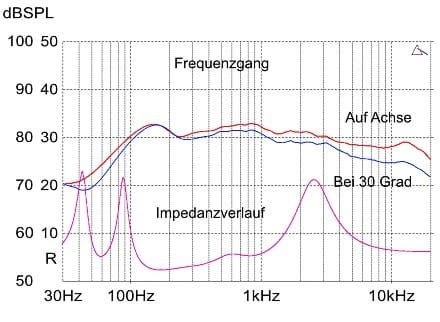
Thankfully, the KEFs spared us from such issues. The bass extended deep enough for such an affordable compact speaker and didn’t reach its limits quickly, even at higher volumes. The developers clearly took great care with the tuning, ensuring the bass integrated smoothly with the mid/high range in both time and frequency. Our recommendation for testing this: listen to piano music. If the tonal balance is correct, a piano will sound cohesive across its range, without growing or shrinking depending on the frequency.
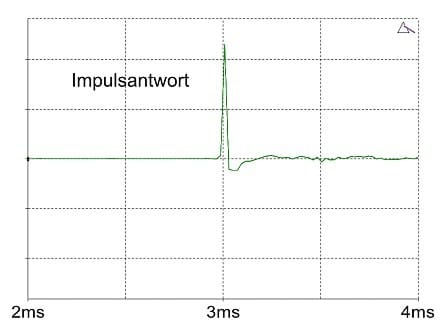
If classical music is your preference, Martha Argerich or the young Georgian artist Khatia Buniatishvili are excellent choices. For jazz enthusiasts, try Keith Jarrett, Oscar Peterson, or Michael Wollny, and you’ll quickly understand what we mean. The wide frequency range, the complex mixture of wood and metal, the transitions from softness to aggression, and the quick shifts in intensity—all these challenges are met with remarkable competence by the KEF speakers.
| Frequency Response | Slight bass lift, otherwise balanced |
| Sound Pressure Level (Decibel) | Adequate (81 dB) |
| Impulse Response | Good, no abnormalities |
| Minimum Impedance | Unproblematic (3.25 ohms) |
| Distortion at 63Hz / 3kHz / 10kHz | Satisfactory (0.49 / 0.28 / 0.32) |
| Amplifier Compatibility | Requires slightly higher amplifier power |
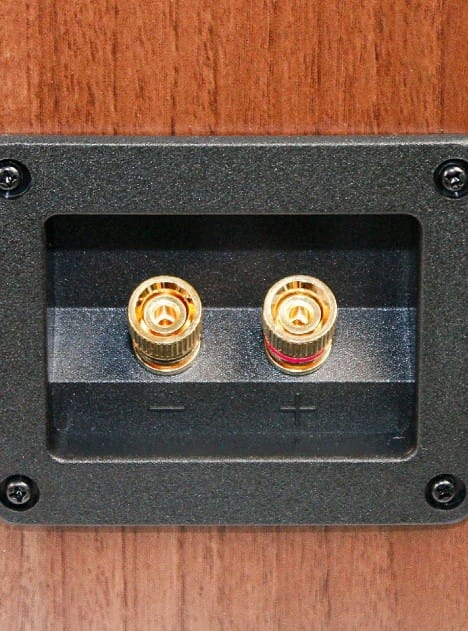
Specs
| Specification | Details |
|---|---|
| Product / Price Range | Compact speaker, passive / $1,055 to $2,110 |
| Website | www.kef.com |
| Dimensions (W x H x D) in cm | 21.5 x 41.5 x 33 cm |
| Weight in kg | 21.2 kg |
| Distributor in Germany | GP Acoustics |
| Principle | Dynamic, 3-way, Bass reflex |
| Terminal | Single-Wire |
| Cabinet finishes | Black, White, Walnut |
| Warranty (Years) | 5 |
| Recommended Setup Info | Speaker width approx. 2.5 m, distance to the wall about 50 cm, slightly angled |
Verdict
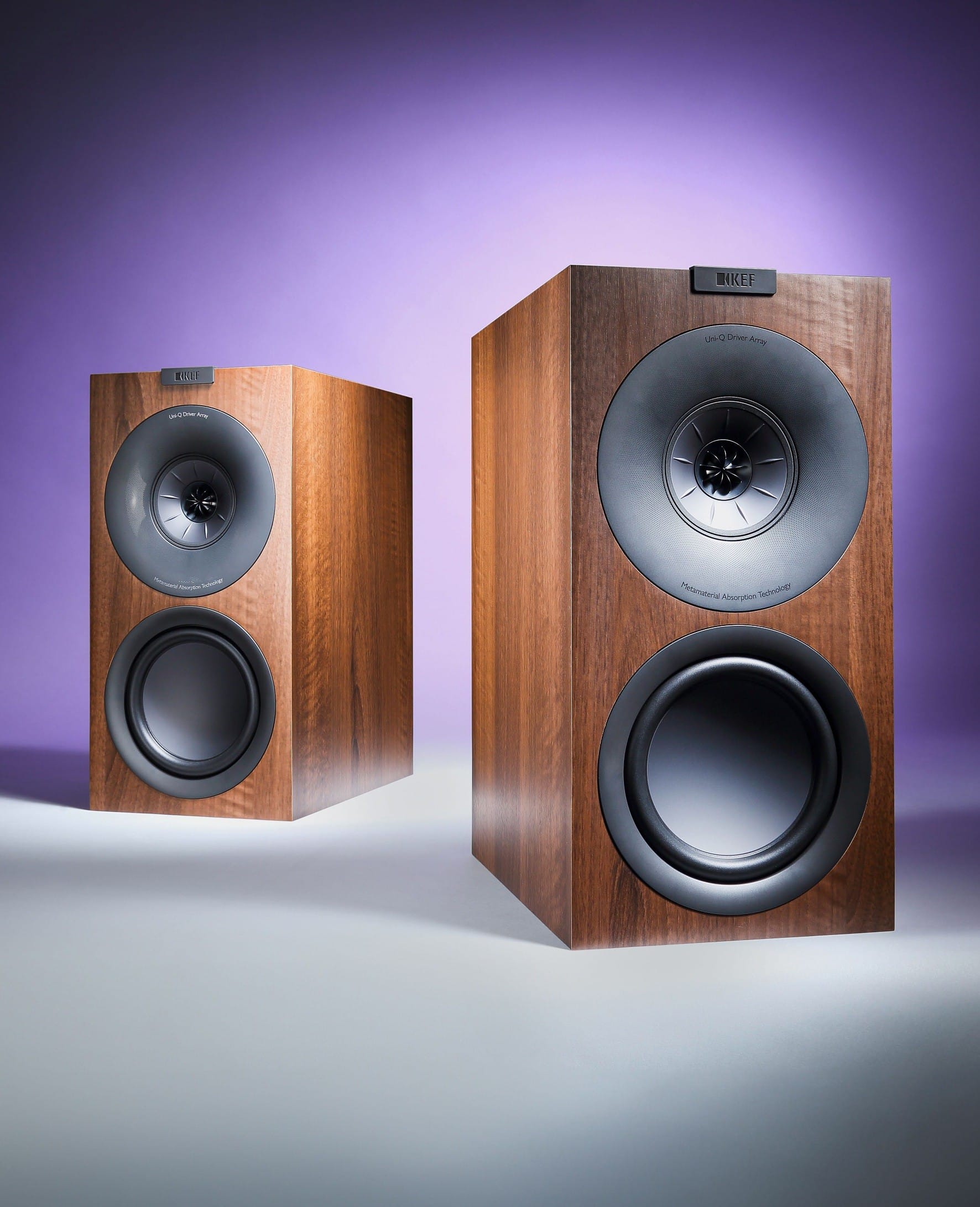
When you purchase through links on our site, I may earn an affiliate commission. Here’s how it works.
Unboxing the KEF Q Concerto Meta Speakers
Shop KEF: https://listenup.com/pages/kef Nate Miller, Brand Manager at ListenUp, unboxes the brand new KEF Q Concerto Meta ...


